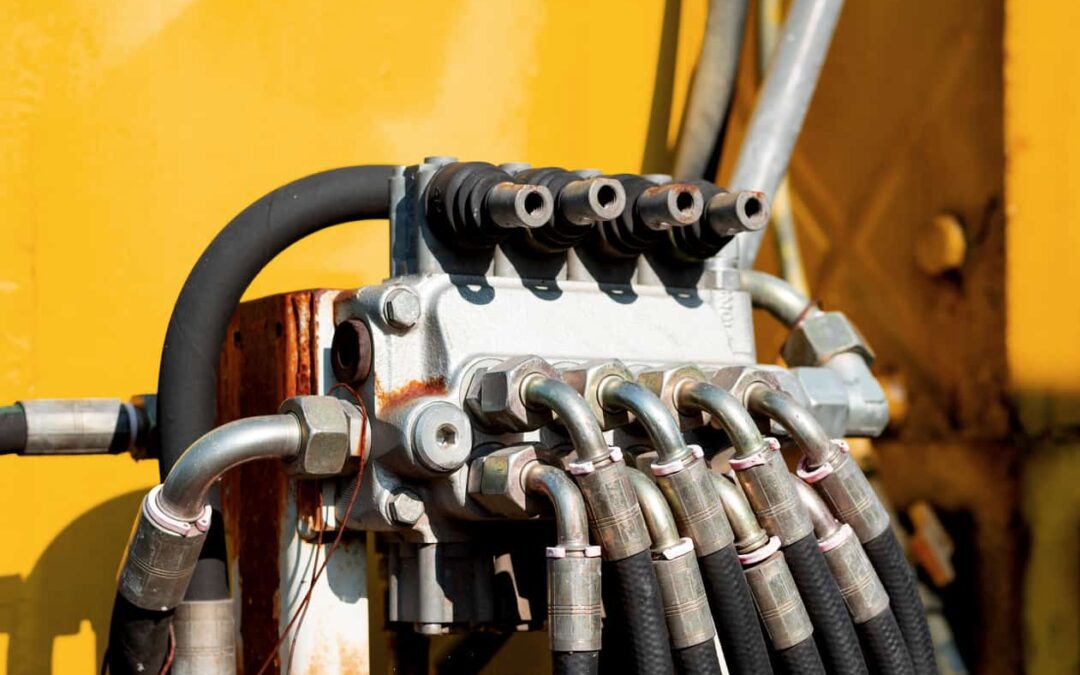Hydraulic systems are, by their nature, sealed systems—designed to keep the internal working separate from the surrounding environment. But what happens if foreign substances do somehow manage to get into the system? How does one address it before it becomes a problem, or find out once it has happened to prevent further damage?
So, there are two types of potential contamination within a hydraulic system.
The first type is sediment: actual particulate within the hydraulic fluid itself. Smaller particulate can cause moving parts to wear prematurely via friction. However, larger particles can cause even more severe problems by blocking the flow of hydraulic fluid or even—in severe cases—by impeding the motion of the moving parts within the system. This type of contaminant should be dealt with by the filtration system, and attention to detail on the machinery’s fluid change and filter maintenance schedule is key.
The second potential type of contamination in a hydraulic system is air. Air represents a serious problem within the hydraulic system. The entire premise of hydraulics is based upon attempting to compress a liquid that can’t be compressed, using the energy generated to create movement. However, air can most certainly be compressed. Therefore, air in the lines can create compressible spaces which can result in critical failures of the system, usually at the points where the system is being driven most heavily.
Either type of contamination can cause serious long-term damage to your systems. A regular maintenance plan that involves checking and replacing filters plus bleeding lines while checking for leaks should be part of your normal daily operations. The hydraulic pros at Texas Hydrostatics are ready to help you with your maintenance, maintenance planning, and—if necessary—repair of your hydraulic equipment. Contact them today.

